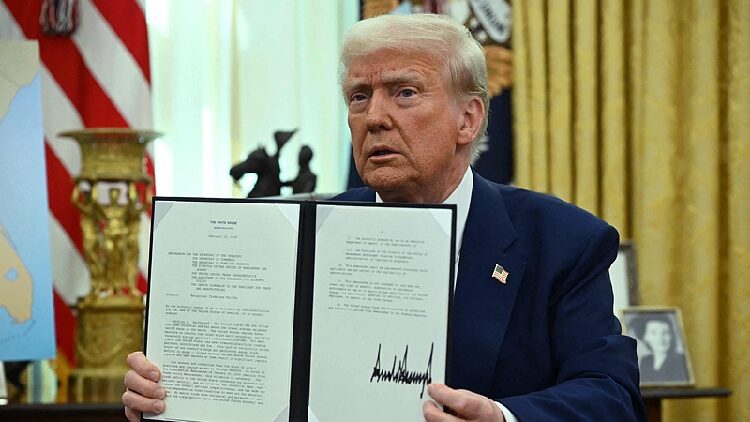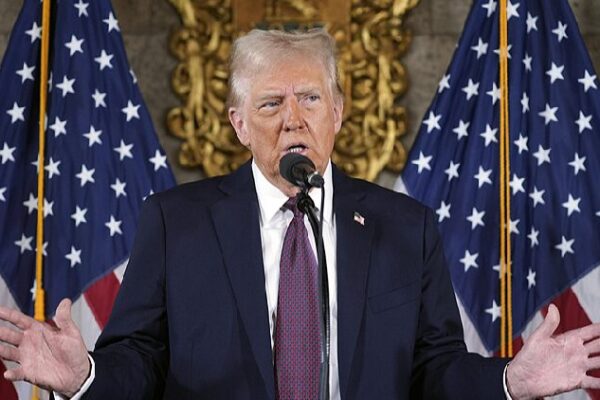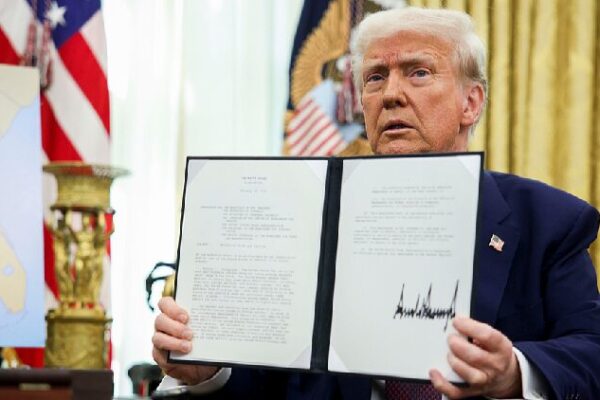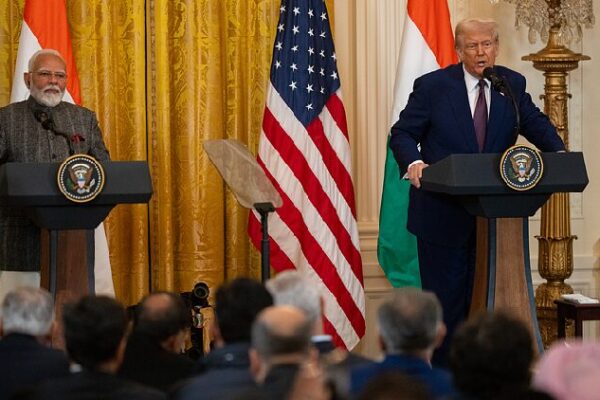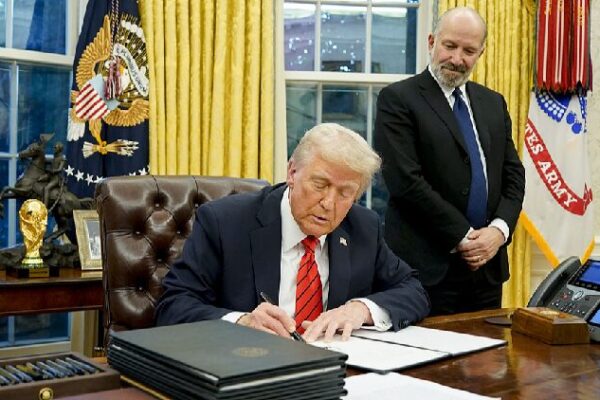As U.S. President Donald Trump escalates his tariff threats, all eyes are on April 2, his proclaimed “Liberation Day.” On that day, he plans to implement new tariffs matching those imposed by other countries on American goods.
What Are Reciprocal Tariffs?
Trump announced that his upcoming reciprocal tariffs would apply to all U.S. trading partners. The idea is simple: if a country charges a tariff on U.S. goods, the U.S. will charge the same tariff on goods from that country.
“I have decided, for purposes of fairness, that I will charge a reciprocal tariff,” Trump said at the White House. “Whatever countries charge the United States of America, we will charge them no more, no less.”
While straightforward in theory, executing this policy is complex. Countries impose different tariff rates on various products, making it challenging to match tariffs exactly. Estimates suggest this could involve calculating rates for around 5,000 product categories across 186 countries and regions.
Potential Impact on the U.S. Economy
If enacted, these tariffs could significantly increase costs for American consumers and businesses. The American Action Forum, a policy institute, estimates the tariffs could cost between $26.3 billion and $34.5 billion in the first year alone.
Investment bank Goldman Sachs has raised concerns about a potential recession, increasing its 12-month U.S. recession probability forecast to 35 percent. The bank warns that aggressive tariff policies could drive up inflation, stifle economic growth, and lead to higher unemployment rates.
Global Concerns and Historical Parallels
Economists and trade analysts are sounding alarms about the possible repercussions on the global trade system. There’s fear that the tariffs could disrupt global supply chains, affecting businesses worldwide.
Tu Xinquan, director of the China Institute for WTO Studies at the University of International Business and Economics, explains that modern supply chains are deeply interconnected. “Trump’s forced decoupling would send shockwaves through global industries, hitting U.S. firms as hard as foreign ones,” he says.
Some experts draw parallels to the Tariff Act of 1930, also known as the Smoot-Hawley Tariff Act. Back then, the U.S. raised duties on thousands of imported goods, leading to retaliatory measures from other countries. This contributed to a massive shrink in global trade and worsened the Great Depression.
April 2: Liberation Day or Trade War Ground Zero?
The big question remains: Will April 2 mark a new era of fairness in trade, as President Trump hopes, or will it become the starting point of a global trade war?
As the world waits, the stakes are high. The decisions made could have lasting impacts on the global economy and future international relations.
Reference(s):
'Liberation Day' or trade war ground zero? Decoding Trump's tariffs
cgtn.com
